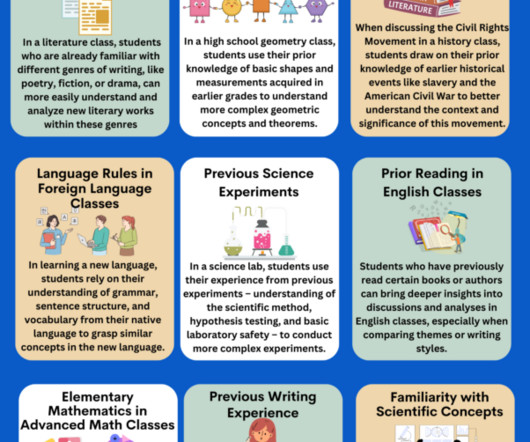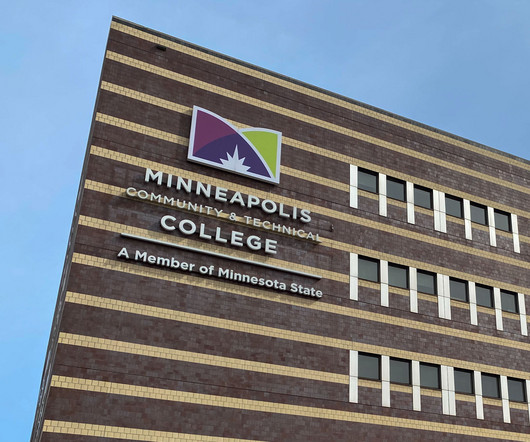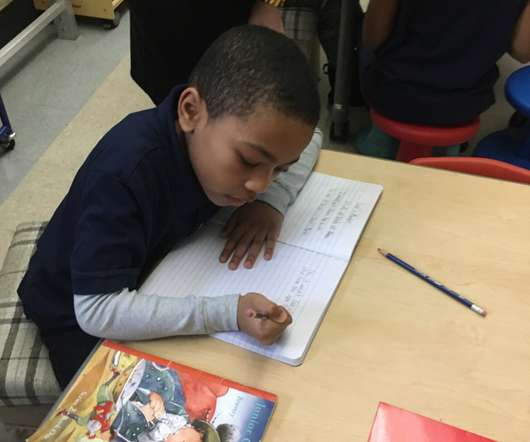What Is Prior Knowledge and Why it Matters?
Educational Technology and Mobile Learning
DECEMBER 23, 2023
2014) in “ Confidence in prior knowledge, self-efficacy, interest and prior knowledge: Influences on conceptual change ” sheds light on prior knowledge as what students bring into the learning environment – a mix of accurate scientific understanding and misconceptions about a specific topic. Sandmann, A., link] Cordova, J.,











































Let's personalize your content